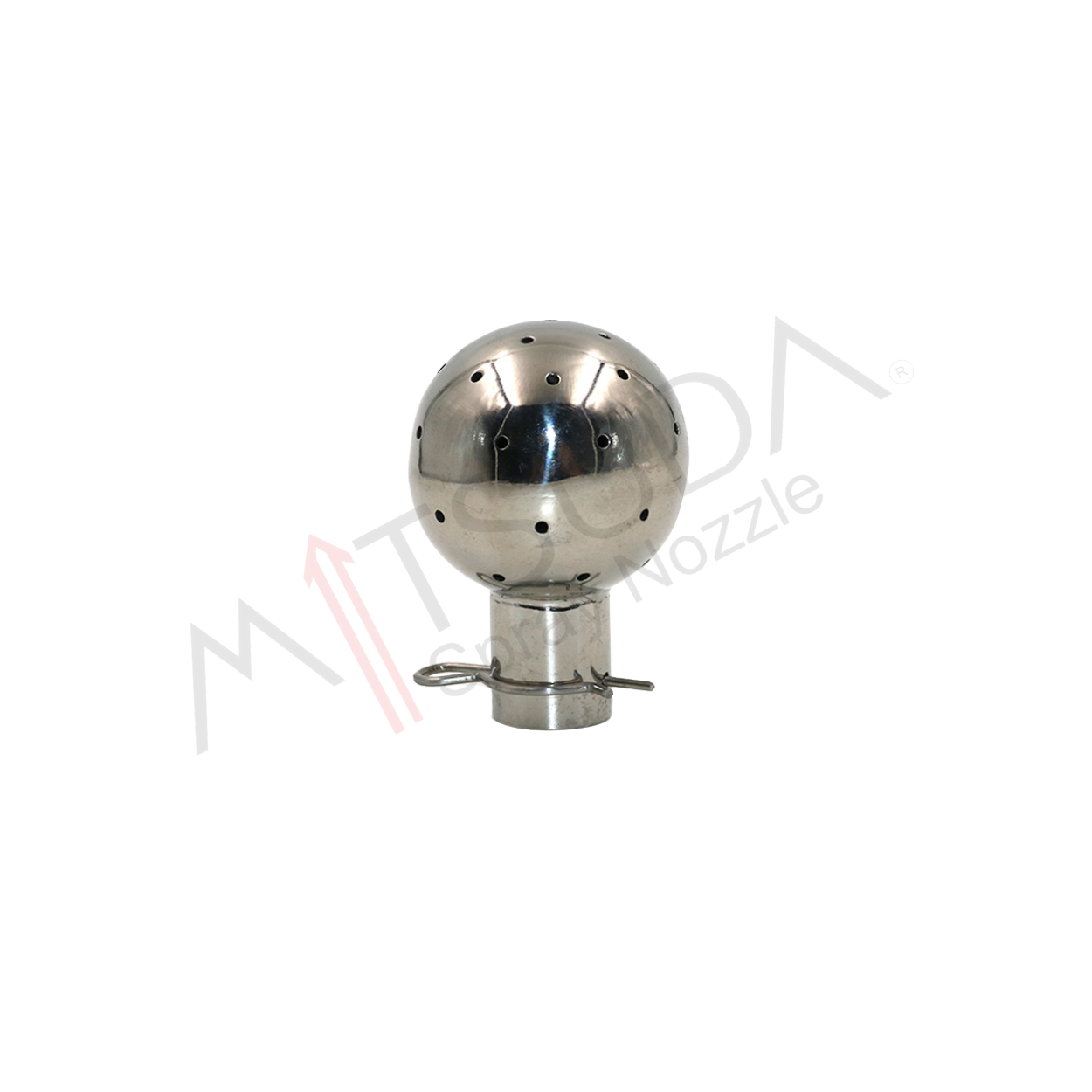.png)

Inadequate tank washing nozzle practices can pose several potential risks, including:
-
Contamination: Residues left in tanks from inadequate washing can lead to contamination of subsequent batches or products stored in the tank. This contamination can compromise product quality and safety, leading to health hazards for consumers.
-
Microbial Growth: Incomplete cleaning can result in the growth of bacteria, mold, and other microorganisms within the tank. This microbial growth can cause spoilage of products, foul odors, and potential health risks if ingested.
-
Cross-Contamination: Residual materials from previous batches left in inadequately cleaned tanks can mix with new products, leading to cross-contamination. This can result in unintended chemical reactions, altered product characteristics, or compromised product integrity.
-
Regulatory Non-Compliance: In industries subject to regulatory oversight, inadequate tank cleaning practices can lead to violations of hygiene and sanitation regulations. This can result in fines, penalties, and legal consequences for the company.
-
Safety Hazards: Buildup of residues or contaminants in tanks can create safety hazards such as increased risk of fires, explosions, or chemical reactions. These hazards pose risks to workers, equipment, and the surrounding environment.
-
Product Quality Issues: Inadequate tank cleaning can affect product quality by introducing foreign particles, off-flavors, or off-odors into the product. This can lead to customer complaints, loss of reputation, and decreased sales for the company.
-
Equipment Damage: Residues left in tanks can build up over time and cause damage to equipment such as pumps, valves, and sensors. This can result in increased maintenance costs, downtime, and reduced operational efficiency.
Overall, inadequate tank washing practices can have serious consequences for product quality, safety, regulatory compliance, and business operations. It is essential for companies to implement effective cleaning protocols and ensure thorough cleaning of tanks to mitigate these risks.

